Unpacking the “Cottagecore” Home Decor Trend
We all entered 2020 with big plans, didn’t we? Little did we know we’d actually end up staying home in our pajamas and baking ridiculous quantities of bread. The “cottagecore” trend already existed before our lives were upended by the pandemic, but as it turns out, there is no aesthetic movement more fitting for these strange times.
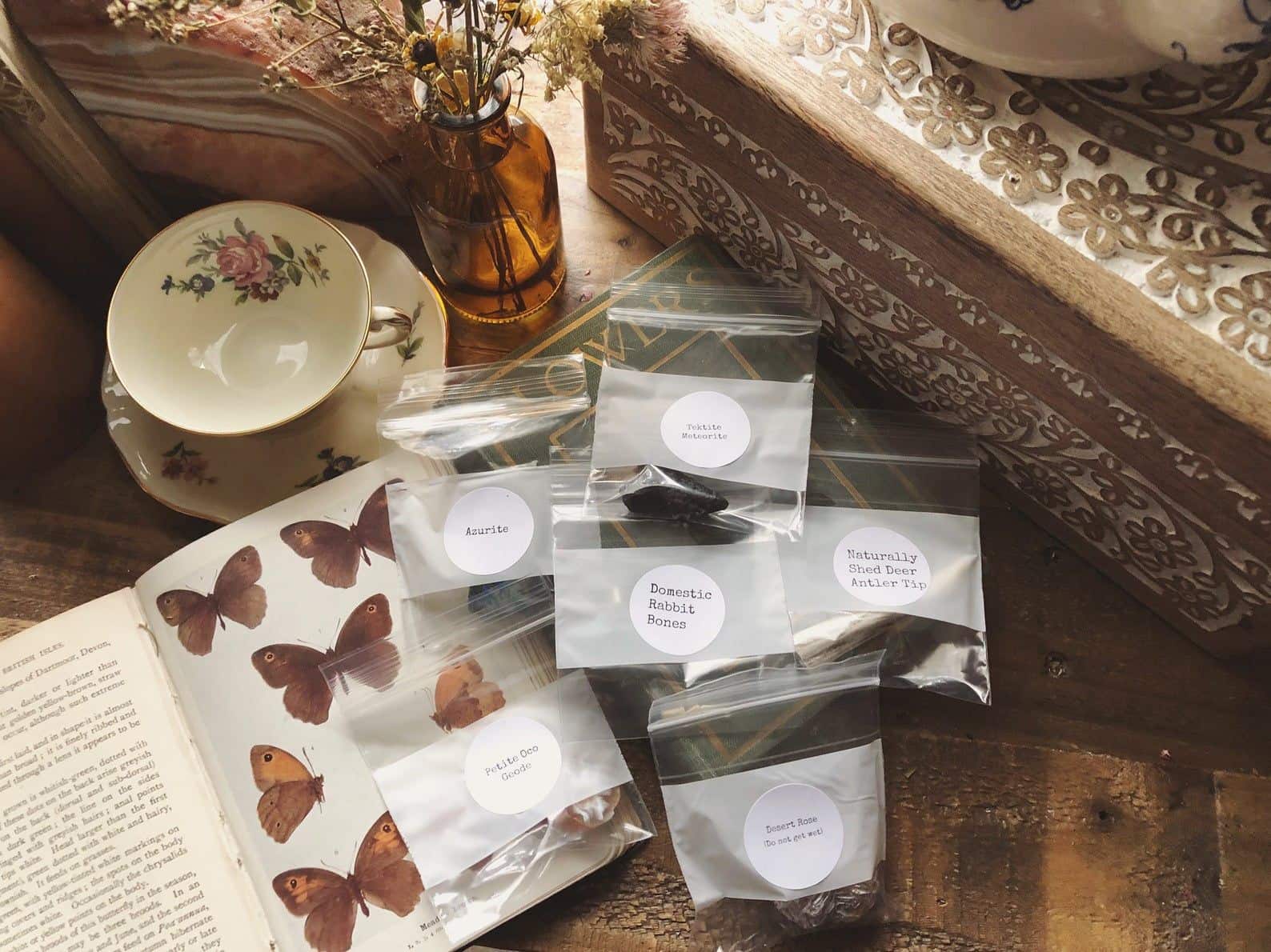
So What the Heck is Cottagecore, Exactly?
In a March feature in The New York Times, 18-year-old enthusiast Emily Kellum called cottagecore “like Animal Crossing, but in real life.” Think Taylor Swift, verdant meadows, baskets full of foraged mushrooms and flowers, cozy sweaters, well-worn books, the smell of homemade apple pie baking in the oven… basically, everything you’d find in or near an idyllic cottage inhabited by wholesome TikTok-loving youth.
In large part, the cottagecore trend is a backlash against the chaos and complications of modern life, tinged with nostalgia for an idealized past that never really existed. Many of the teens and early-twenty-somethings who love cottagecore grew up with the internet and smartphones as a fact of life. Their #cottagecore posts on social media yearn for a time before these distractions while simultaneously making ample use of them. Cottagecore isn’t necessarily advocating for a Luddite mentality, but rather finding small, comfortable ways to escape all the hubbub.
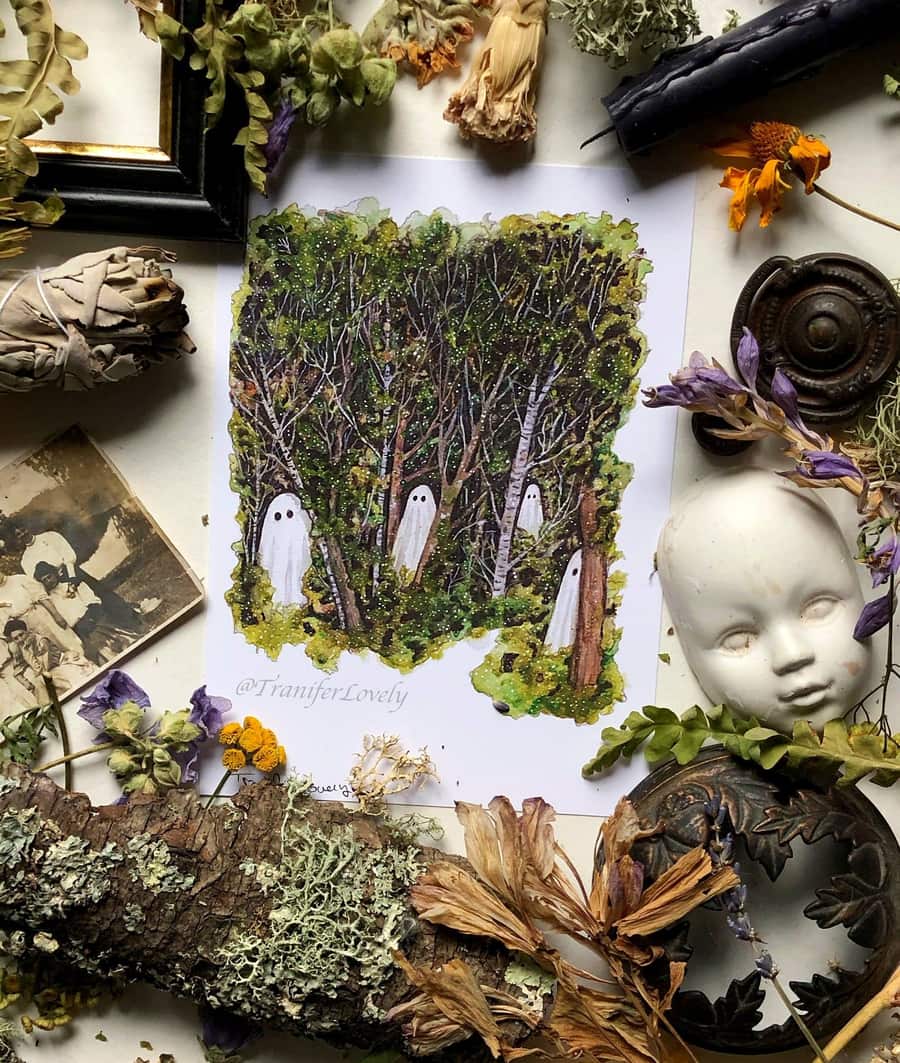
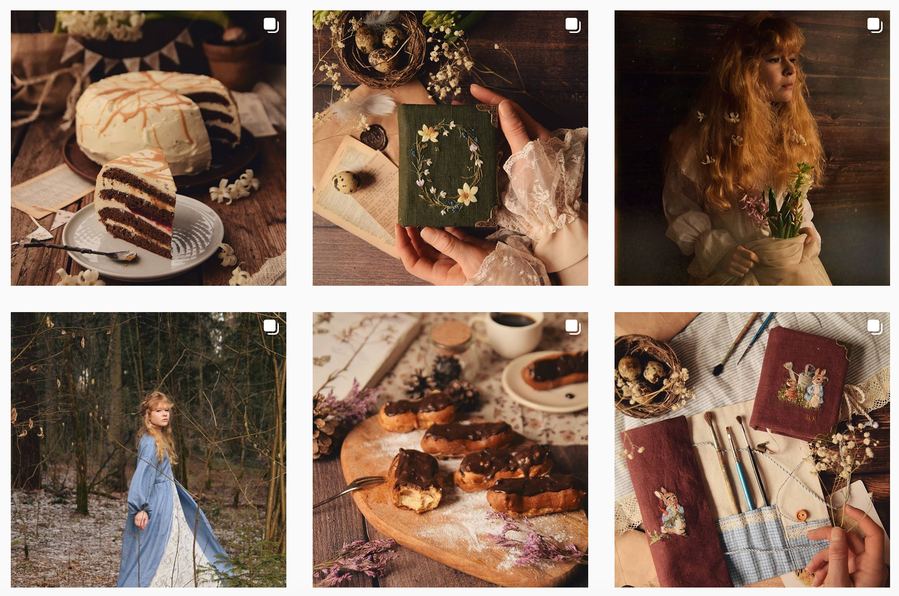
Crucially, it’s also imagining this idealized way of life as all-inclusive, rejecting the traditional gender roles, homophobia, transphobia, and racism that ran rampant during actual historic times of so-called “simple living.” All this is to say it’s more than just an aesthetic; it’s a mentality. Cottagecore is usually associated with fashion, but extends to home decor, too, embracing faded floral prints, gingham patterns, natural materials, dainty vintage items like doilies and teacups, thrifted finds, botanical motifs, and found objects.
How to Pull Off Cottagecore Decor in Your Home
With cottagecore as your goal, everything you place in your home should add to the sense that you’re an elf living in a small enchanted house at the edge of the woods. Put some dried flowers in an empty olive oil tin. Mix and match your patterns with wild abandon. Plant some herbs in old broken teapots. Embrace the cutesy 1970s plates you found at Goodwill. Let the white paint peel off your furniture. You don’t need much of a budget to achieve the look and ambiance, just some creativity and a good eye.
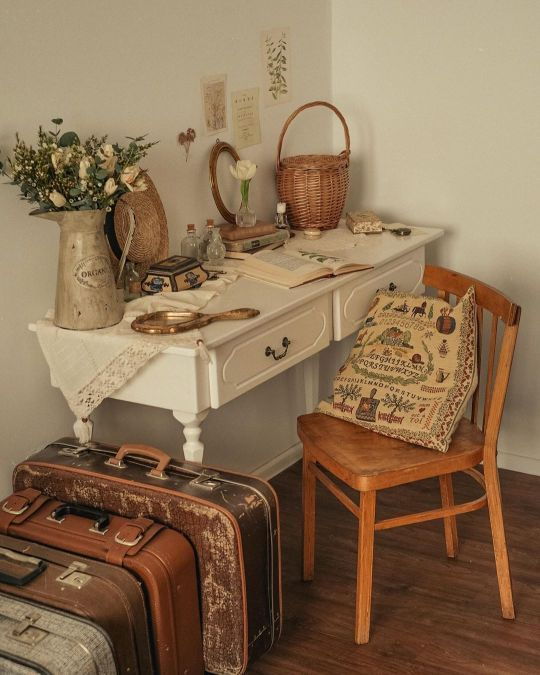
Cottagecore definitely isn’t minimalist. You want your home to feel comfortable, cozy, lived-in, and well loved, not brand new or like a spread you’d find in a catalog. Layer things that bring you comfort and that you actually use. If you’re not sure where to start, there’s lots of great stuff tagged “cottagecore” on Etsy, including mystery gift boxes of natural curiosities, art prints, vintage dishes, upcycled teapot wind chimes, tiny terrariums, and just about anything with a mushroom on it.
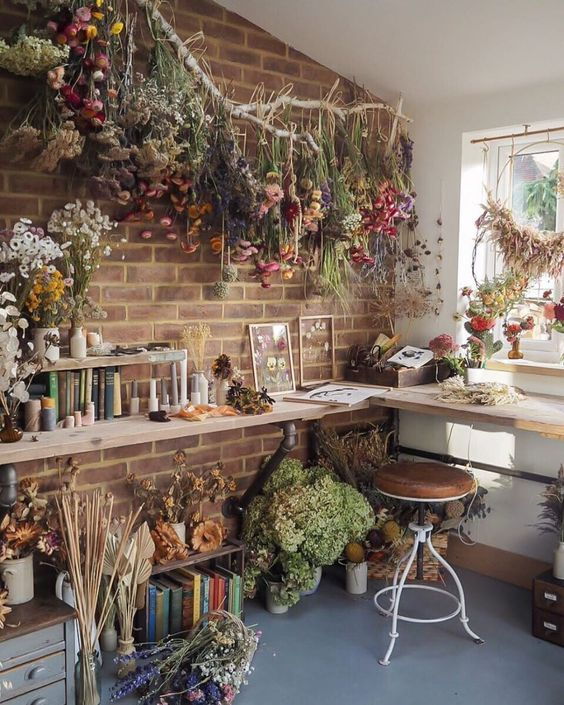
If you have an elderly relative with trunks of old linens and other treasures they’d allow you to raid, even better. A lot of people tend to keep their frilly tablecloths, dainty floral dishes, and elaborate place settings closed up in a cupboard for months (if not years) on end, saving them for a “special occasion.” But they’re perfect for this aesthetic, and will add a sense of personal history to the little cottagecore scenes you create.




